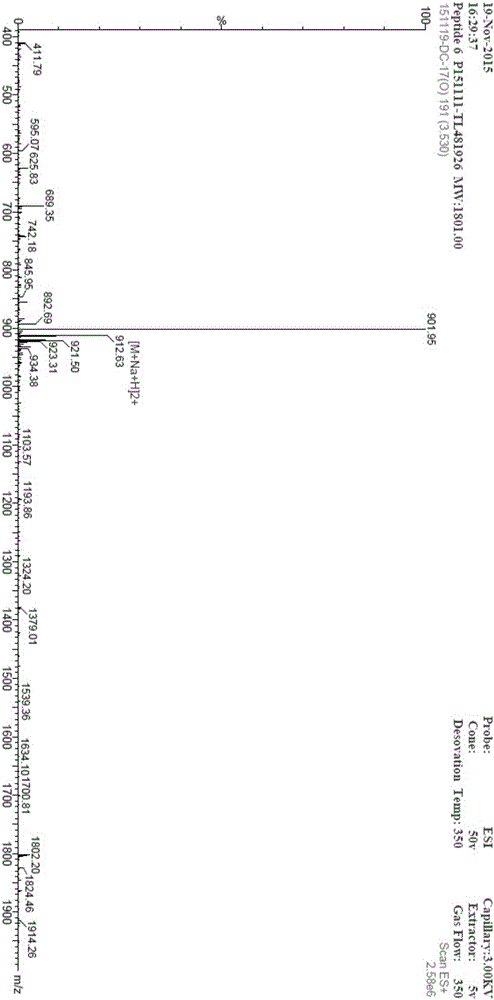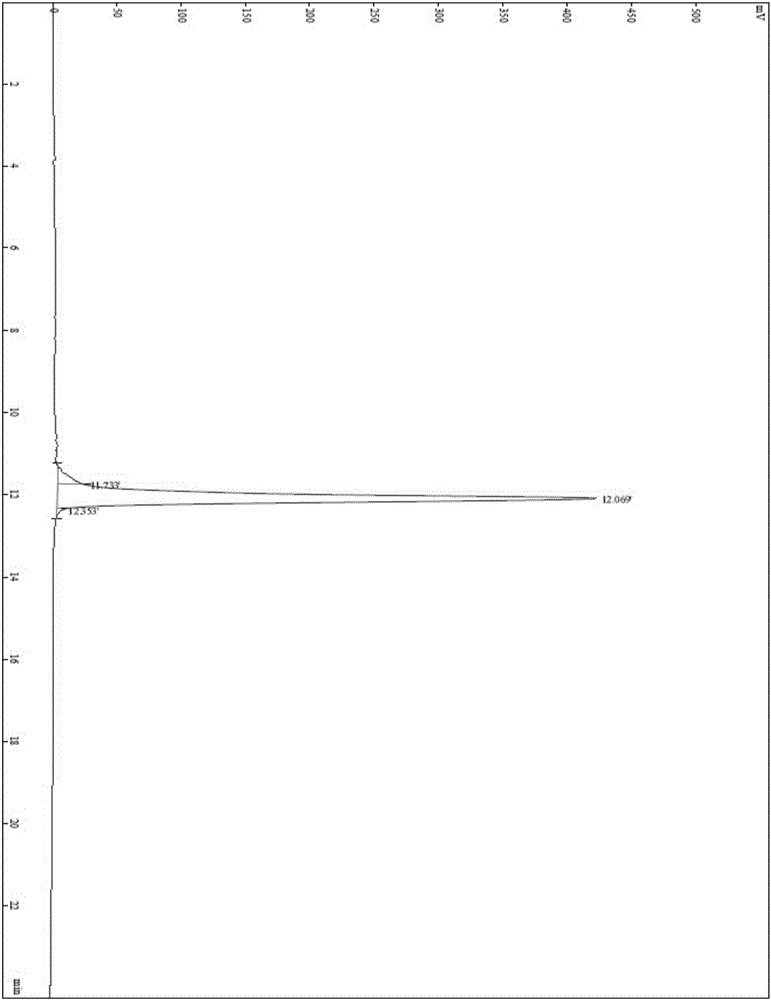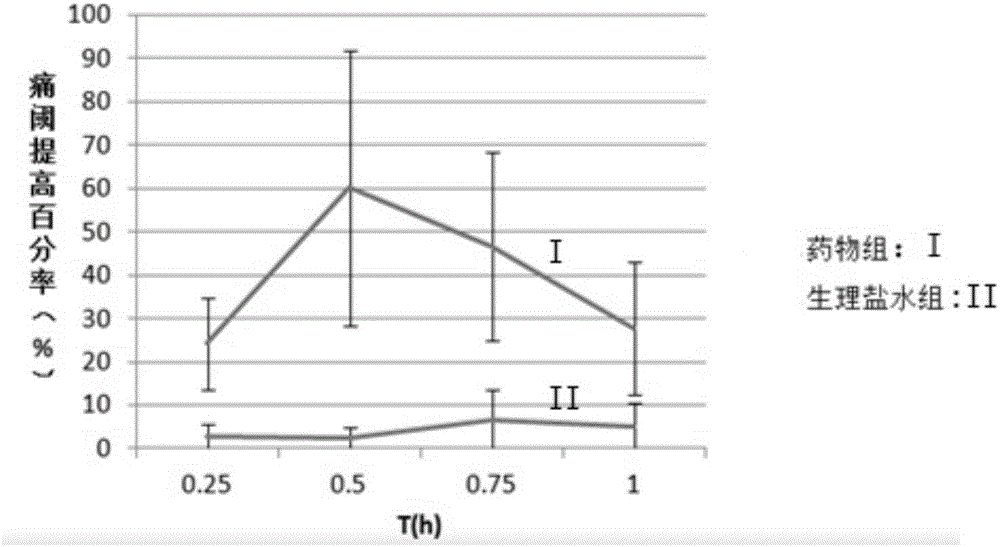South China Sea conotoxin encoding sequence and application thereof
A technology of conotoxin and coding sequence, applied in the direction of application, non-central analgesic, medical preparation containing active ingredients, etc.
- Summary
- Abstract
- Description
- Claims
- Application Information
AI Technical Summary
Problems solved by technology
Method used
Image
Examples
Embodiment 1
[0049] Example 1: High-throughput sequencing of venom tubes of Taro cereus
[0050] Extraction of total RNA and synthesis of cDNA: Isolate the venomous tubes of Taro cerevisiae snails from South China Sea, and extract the total RNA from the venomous tubes according to the instruction manual of TRIZOL LS reagent from Gibco BRL company.
Embodiment 2
[0051] Example 2: Sequence Analysis of Conotoxin Gene Cq1.1
[0052] The plasmid and sequence of Cq1.1 neurotoxin gene Cq1.1 from Cono cereus in South China Sea were obtained from the venom c sequence of Cono cereus in South China Sea. The precursor peptide of the Cq1.1 neurotoxin gene Cq1.1 of the South China sea snail encodes 83 amino acid residues, and the mature peptide encodes 29 amino acid residues.
[0053] Using BLAST N and BLAST X (http: / / www.ncbi.nlm.nih.gov / BLAST) algorithms to search for homology of the tested nucleotide and derived protein sequences in existing public databases such as GenBank. Potential reading frames (ORFs) were mapped using SEQTOOLS 8.0. Sequence homology comparisons were performed using CLUSTAL X software. The cetin sequence prediction was performed through the website http: / / www.cbs.dtu.dk / services / SignalP. The molecular weight, theoretical isoelectric point, charge distribution and stability parameters of the protein were completed by Pro...
Embodiment 3
[0055] Example 3: Synthesis of Cono snail O-superfamily toxin mature peptide Cq1.1
[0056] (1) Weigh 1.5 g of chlorine resin (degree of substitution: 0.2 mmol / g) into a 150 ml reactor and soak with 50 ml of DCM.
[0057] (2) After 2 hours, wash the resin with DMF, then drain it, repeat this four times, and drain the resin for use.
[0058] (3) Weigh 192mg of threonine (Thr) in a 10ml centrifuge tube, add 5ml of DCM to dissolve it, then add 1ml of DIEA and shake it for 1min. After the solution is clarified, add it to the reactor, and then put the reaction The device was placed in a shaker at 30°C for reaction.
[0059] (4) After 2 hours, cap the head with a certain amount of methanol (methanol:DIEA:DCM=1:1:2) for half an hour, then wash it with DMF four times, and drain it for use.
[0060] (5) Add a certain amount of 20% piperidine (piperidine / DMF=1:4) into the reactor and shake it on a decolorizing shaker for 20 minutes to remove the Fmoc protecting group on the resin. Af...
PUM
 Login to View More
Login to View More Abstract
Description
Claims
Application Information
 Login to View More
Login to View More - R&D
- Intellectual Property
- Life Sciences
- Materials
- Tech Scout
- Unparalleled Data Quality
- Higher Quality Content
- 60% Fewer Hallucinations
Browse by: Latest US Patents, China's latest patents, Technical Efficacy Thesaurus, Application Domain, Technology Topic, Popular Technical Reports.
© 2025 PatSnap. All rights reserved.Legal|Privacy policy|Modern Slavery Act Transparency Statement|Sitemap|About US| Contact US: help@patsnap.com



